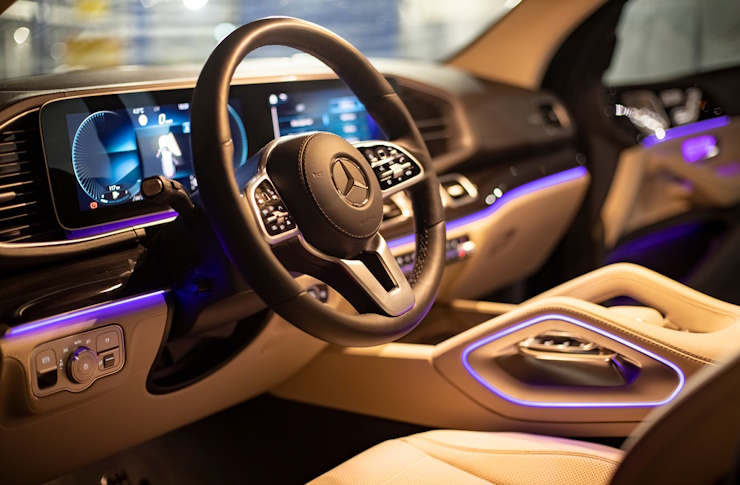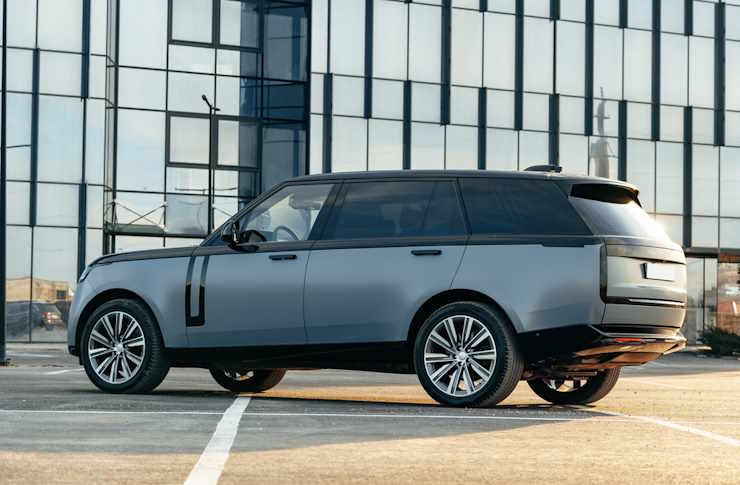Reimagining Performance: How Dual-Clutch Transmission is Redefining Driving
In the world of automobiles and high-performance vehicles, one advancement has quietly revolutionized the driving experience: Dual-Clutch Transmission (DCT). As a fusion of manual and automatic transmission, DCT offers the best of both worlds, promising swift gear changes, high-speed performance, and convenience.

The Genesis of Dual-Clutch Transmission
The concept of a dual-clutch transmission isn’t new, with roots tracing back to the early 20th century. However, its practical application took flight in the late 1980s, courtesy of Porsche for their racing cars. The DCT employs two separate clutches for odd and even gears, facilitating rapid gear shifts with virtually no interruption in power delivery. This technology was initially exclusive to high-performance racing cars but has gradually filtered down to mainstream vehicles, offering everyday drivers a taste of racetrack-inspired technology.
Dual-Clutch Transmission Today: A Mainstream Marvel
Fast forward to today, DCT has become a popular choice in the automotive industry. Renowned automakers like Audi, Volkswagen, and Ford have incorporated DCT technology into their vehicles. The result is a smoother and quicker gear shift, enhancing driving performance and fuel efficiency. A critical factor behind DCT’s increasing adoption is its versatility; it offers drivers the convenience of automatic transmission with the option of manual gear selection for a more engaging drive.
Impact of DCT: Reshaping Driving Experience
The impact of DCT on driving experience is profound. With its rapid gear shifts, DCT can enhance a car’s acceleration capabilities, making it a favorite among performance car enthusiasts. Moreover, the seamless power delivery ensures a smoother, more comfortable ride, transforming the everyday commute into a pleasurable experience. However, DCT is not without its challenges. The complexity of the system can lead to higher maintenance costs, and the initial response can feel a bit jerky compared to traditional automatics.
The Future of Dual-Clutch Transmission: Challenges and Opportunities
While DCT has made significant strides, it’s not immune to challenges. The high cost of manufacturing and maintenance could be deterrents for its wider adoption. Also, with the growing popularity of electric and hybrid vehicles, the relevance of DCT could be questioned. However, DCT still has a strong foothold in performance vehicles, where its quick-shifting capabilities and engaging driving dynamics are hard to rival.
The Dual-Clutch Transmission Journey
In conclusion, the journey of DCT from racetracks to regular roads is a testament to how innovative technology can revolutionize driving experiences. Despite the challenges and competition, DCT continues to be an appealing choice for those seeking an engaging, high-performance drive. Its future might be uncertain in the face of emerging technologies, but its current impact on the automotive world is undeniable. As we continue to explore the limits of automotive performance, the dual-clutch transmission stands as a milestone in this relentless pursuit.





